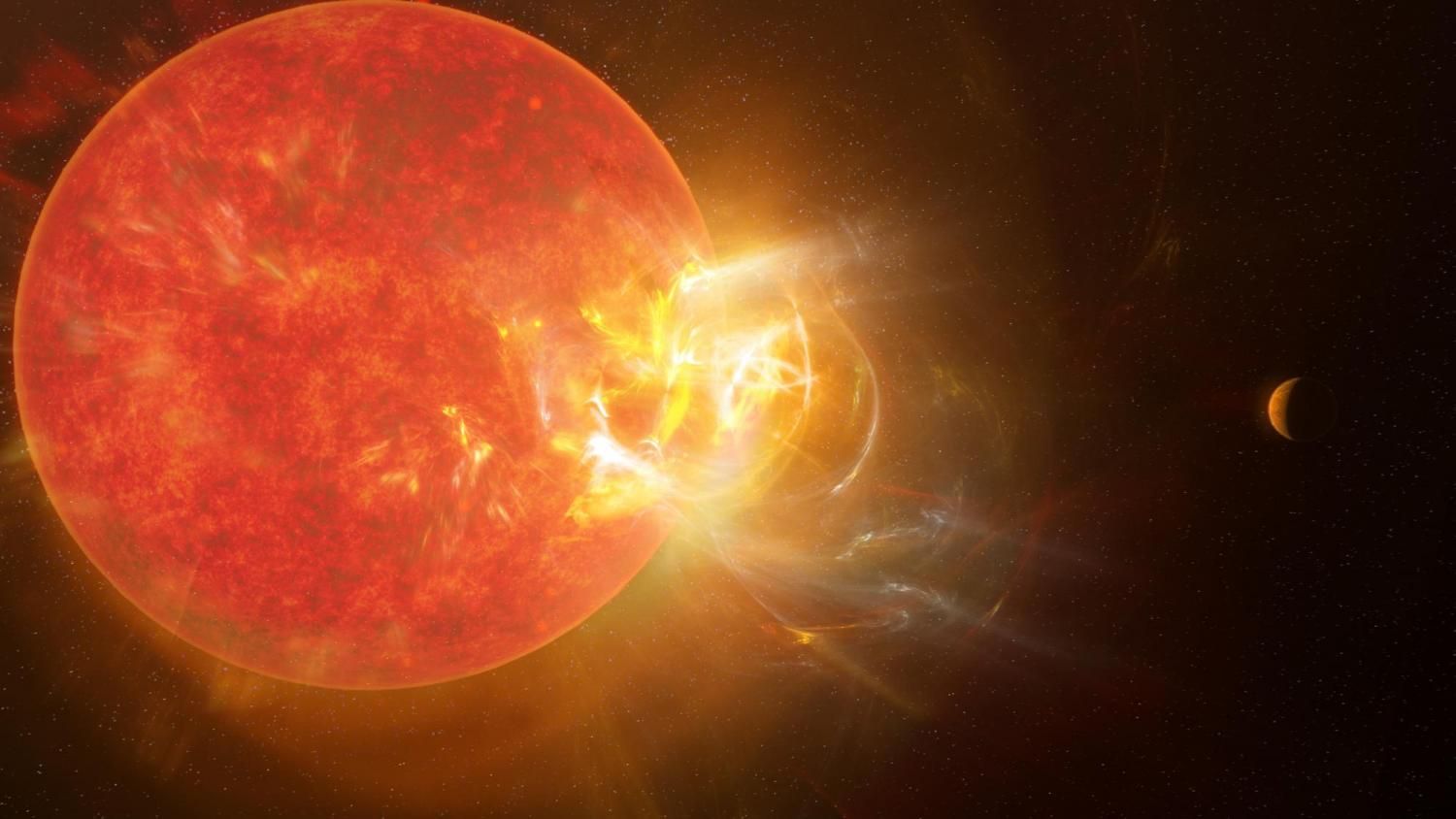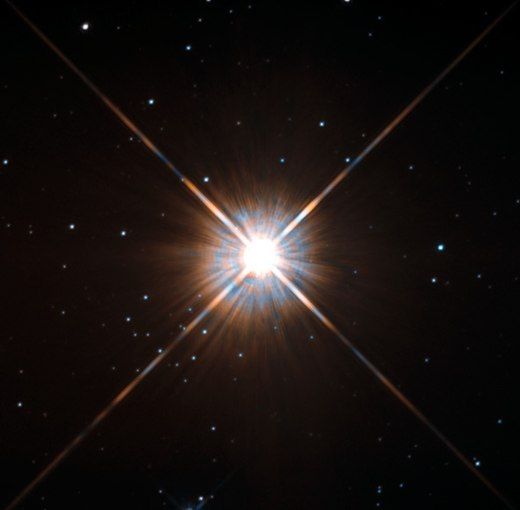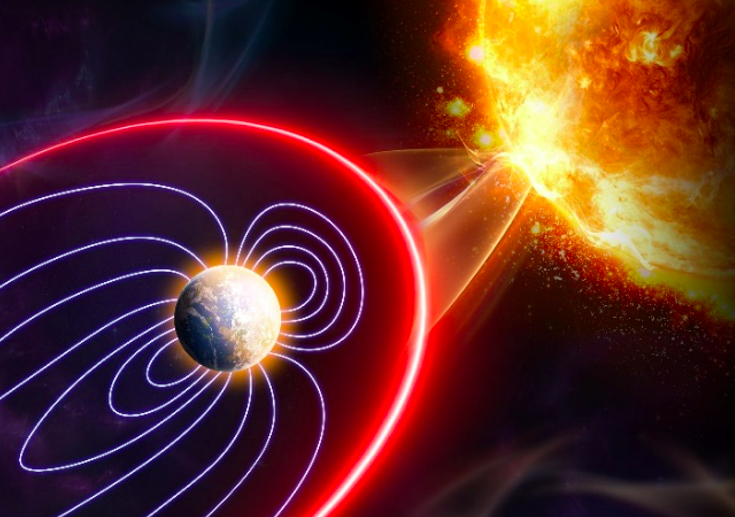
🚀 Studies of solar flares important in the search for alien life
Scientists have measured the most powerful solar flare ever observed from our neighboring star Proxima Centauri. The discovery may be vital in the search for alien life and may have a significant impact on future studies.
Share this story!
The Suns closest neighboring star is Proxima Centauri, a red dwarf located about four light years from us. While studying the star, a group of scientists recently observed one of the most powerful solar flares ever measured. A sun flare is a sudden explosion on the stars surface, causing an eruption of plasma (radiation) into space. The observation was presented in The Astrophysical Journal Letters in April, by a team from Colorado Boulder university.
In the video below, you can watch how solar flares arise on our Sun, captured by NASAs Solar Dynamics Observatory.
The observation can have a significant impact on the search for extraterrestrial life in the future.
Proxima Centauri is a relatively small star, with an eighth of the Suns mass. So far, two planets have been detected around the star, where one is believed to be similar to Earth. A fact that makes Proxima Centauri even more interesting in the discussion of alien life forms.

In the new study, the astrophysicists Meredith MacGregor from CU Boulder and her team has studied Proxima Centauri for 40 hours, using nine telescopes. They got surprised as they watched the power emitted by the small star as it violently threw plasma into space. The team observed one of the most powerful solar flares ever measured in our galaxy!
The star went from normal to 14,000 times brighter when seen in ultraviolet wavelengths over the span of a few seconds, MacGregor told.
Solar flares have the potential to harm life on close by planets. The radiation from our Sun has the power to destroy electronics in our satellites, and harm astronauts on board on the International space station. However, at the same time, it is the radiation from the Sun that creates magnificent light shows such as the northern lights. Thankfully, life on Earth is protected by a magnetosphere. Therefore, it is not likely for life to thrive on a planet close to an active star unless the planet has a strong and protective magnetosphere.
If there was life on the planet nearest to Proxima Centauri, it would have to look very different than anything on Earth, MacGregor said.

More studies regarding solar flares and their impact on nearby environments may help us in the search for extraterrestrial life forms, by helping us evaluate environments where life can thrive.
Cover image: NRAO/S. Dagnello
By becoming a premium supporter, you help in the creation and sharing of fact-based optimistic news all over the world.


